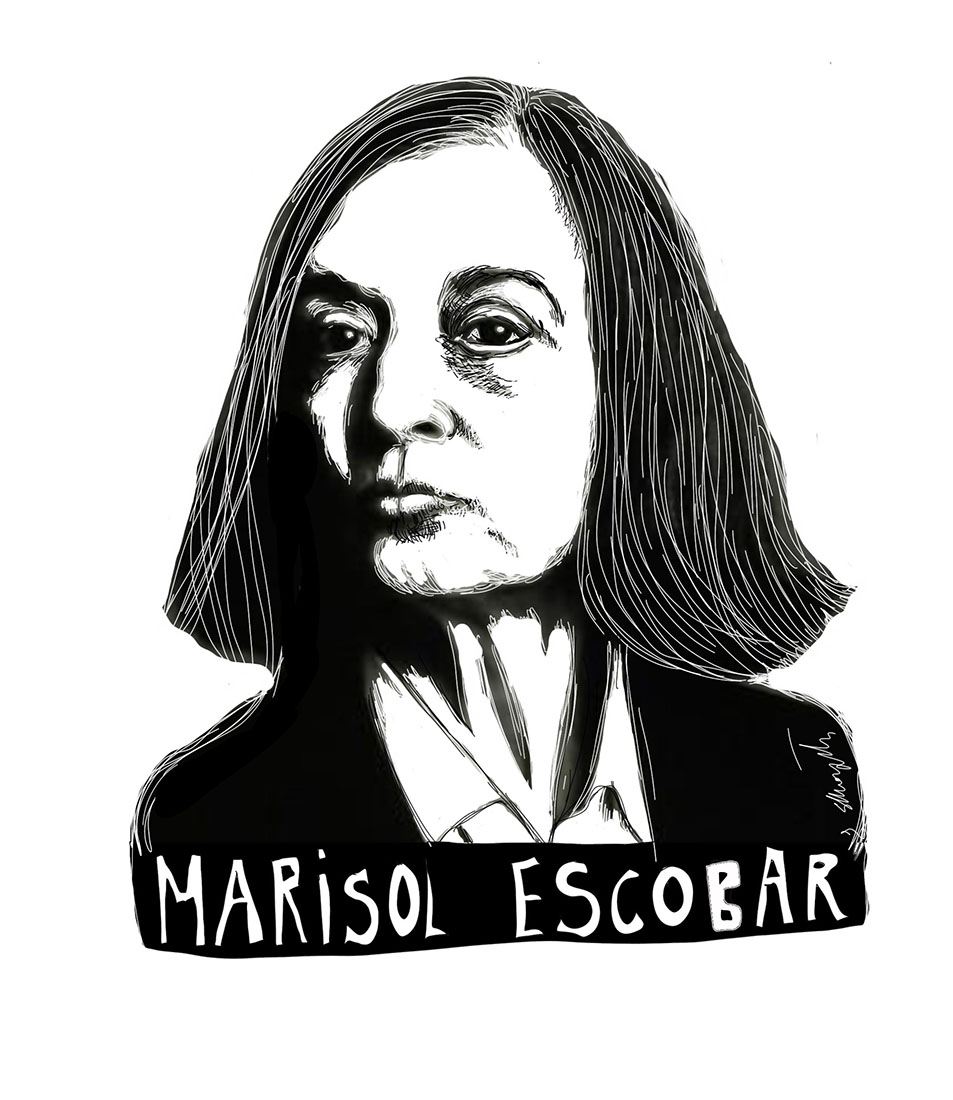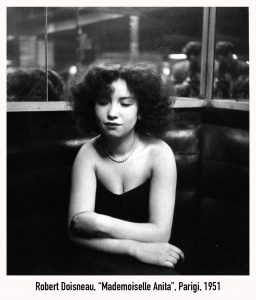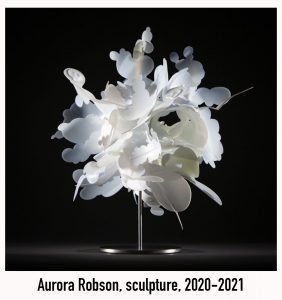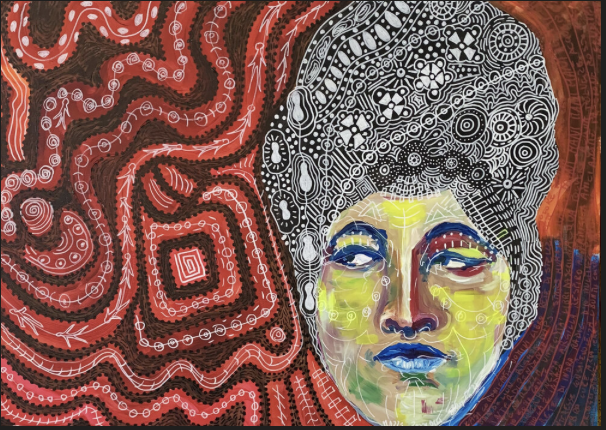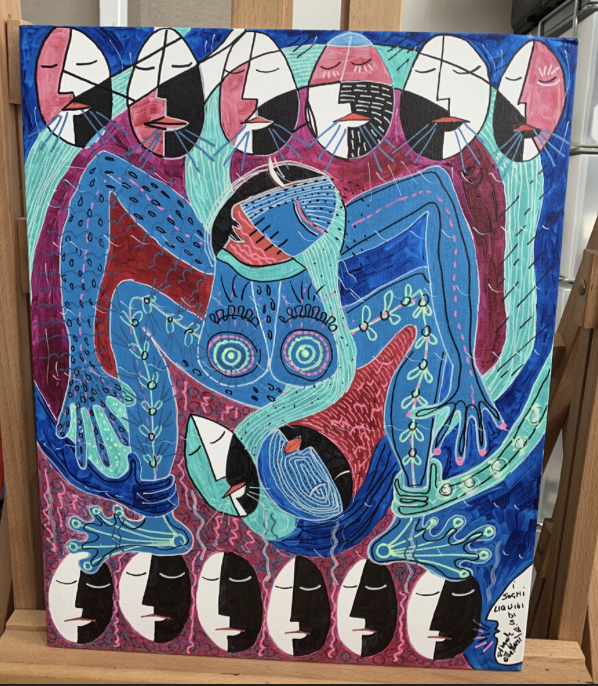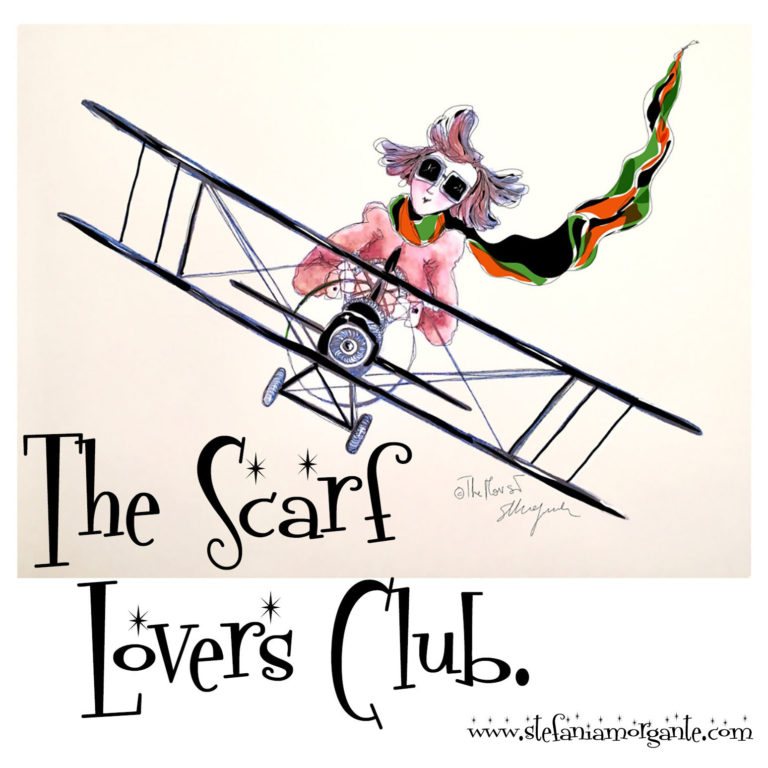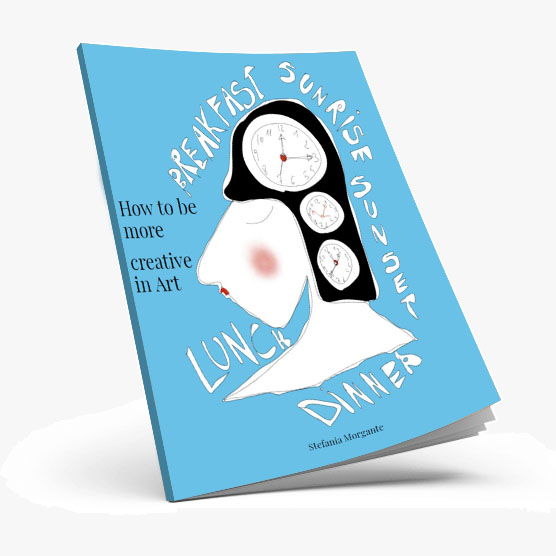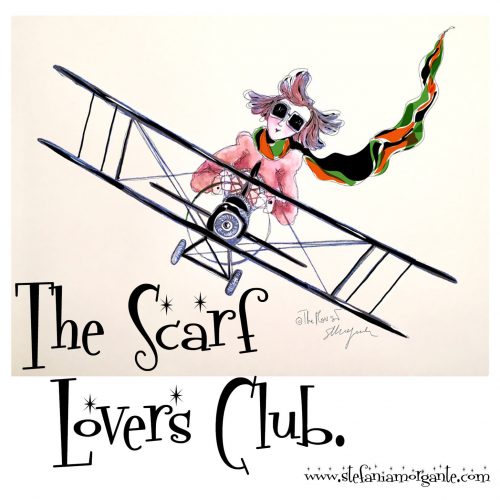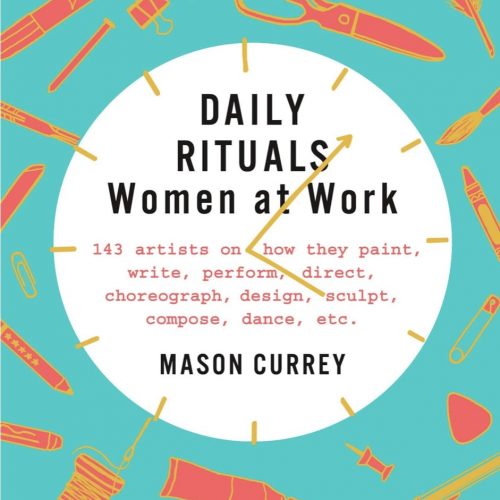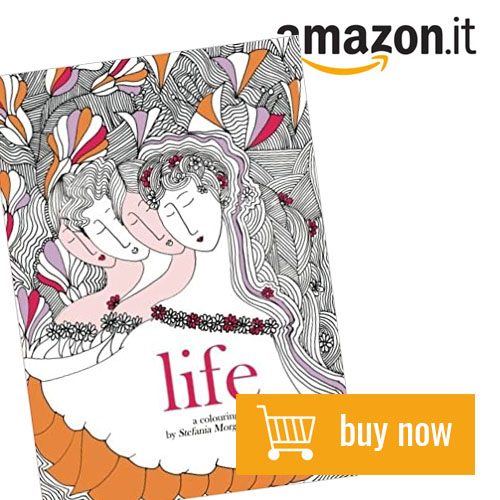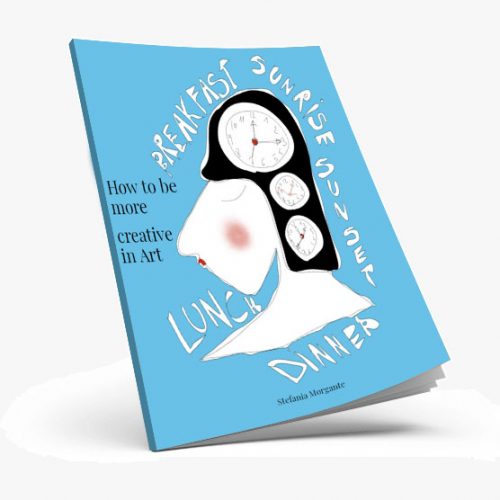Pop art and feminism.
Looking for art on instagram is often an opportunity to get to know very interesting artists.
This is the case of a Venezuelan artist, born in Paris in 1930 and a great traveler, Marisol Escobar.
Daughter of a wealthy real estate developer and thanks to this, she was able to travel often in Europe, the United States and Venezuela.
At the age of eleven, Marisol’s childhood was shaken by the suicide of her mother. A trauma that led her to speak very little until she was twenty.
Drawing has been part of her life for years, thanks also to her travels and visits to museums.
At the age of sixteen she moved permanently with her family to Los Angeles where she began her artistic training in evening classes at the Otis Art Institute and the Jepson Art Institute.
In 1949 she studied at the École des Beaux-Arts in Paris and then returned to study at the Art Students League in New York at the New School for Social Research.
She was also a student of the artist Hans Hofmann, at the Hans Hofmann School, located in the Greenwich Village of the Beat Generation, from 1951 to 1954.

Abstract expressionism, the dominant style in post-war America, marked her early artistic years.
However, the roots of her work can be found in her teacher H. Hofmann and his ” push and pull” theory of color (color associations that repel or attract).
Marisol feels closer to sculpture, although she studies painting.
Here she combines passion and recent studies and begins to make three-dimensional portraits.
She looks for photographic materials, abandoned objects and gives them a new life.
Like the piece of wood transformed into Mona Lisa and an old sofa that becomes The visit.
She also made a sculptural portrait of Andy Warhol and Warhol made her appear in the first films The kiss (1963) and 13 Most Beautiful Girls (1964).
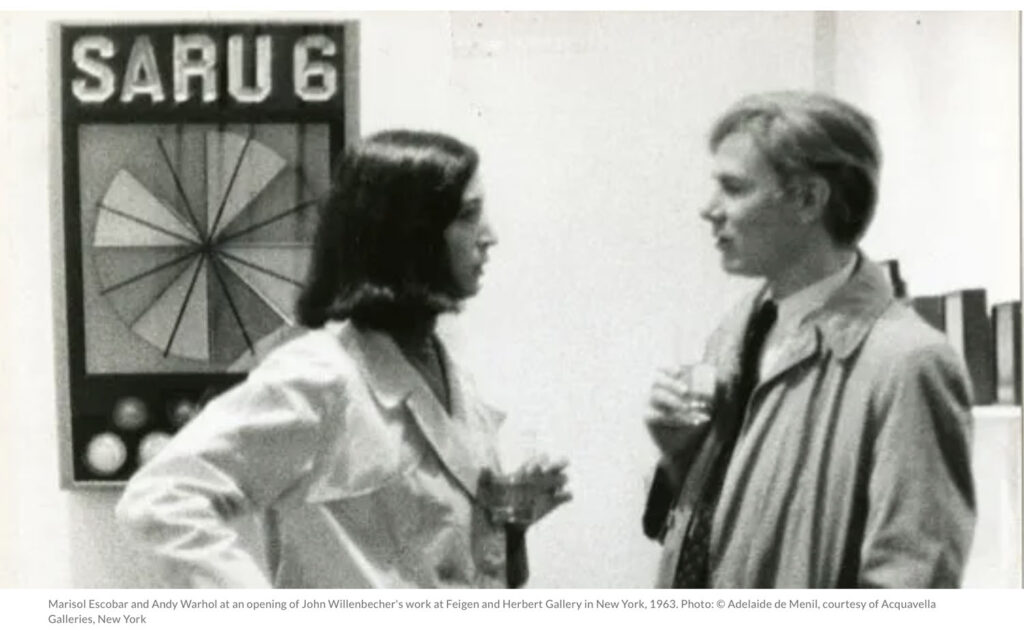
Marisol interprets various styles combining folk art, dada and surrealism, investigating the human soul in a decidedly contemporary key.
The artist assembles, builds new balances in the forms and objects used, telling the person as an unstable individual, precarious, fragile yet persistent.
She uses plaster, wooden blocks, sculptures, drawings, photographs, contemporary clothing.
Femininity is defined by constructing herself from various forms, because female complexity is quite different from the typically patriarchal narrative of mother, seductress, partner or saint.
Here we create parodies of advertisements in which women appear in certain and obvious ways.
Marisol senses and emphasizes social change.
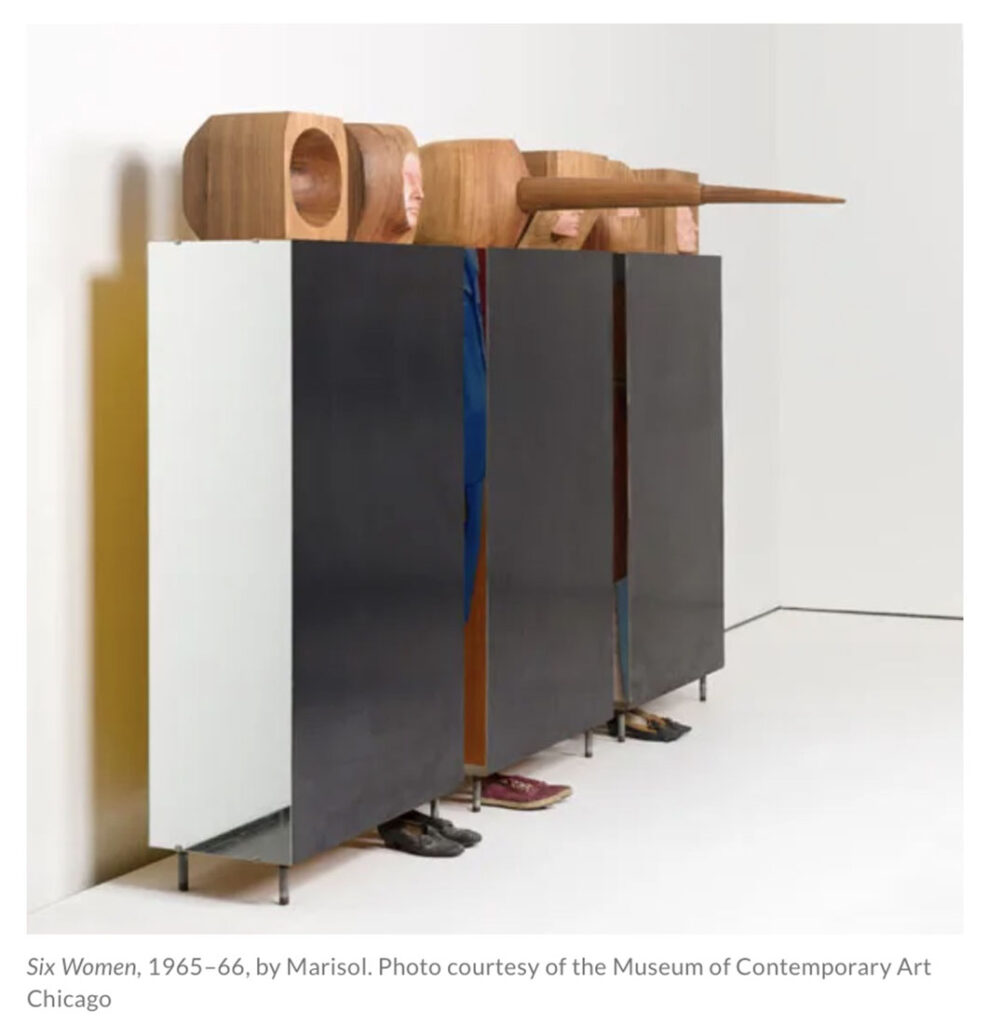
She does more.
She wants to respond to the oppressive patriarchal nature with a satirical femininity.
New, broken down and reassembled from the objects she used.
And she includes herself with self-portraits present in each sculpture.
The critique of the society of the works, also includes the artist.
Not only that, she used her own body as a reference for drawings and photographs, paintings and casts.
Marisol’s femininity rethinks female roles by seeking new personal ways out of the so overwhelming male logic.
Making visible the invisible that had to remain so for society, bringing to the surface the unspoken.
Disassociating the common woman recognized until that moment, means recomposing her even if imperfect, in a new woman.
However, she was criticized by the first feminists, because for them the artist did not fully denounce the patriarchy and the history of art through its critics often put it aside.
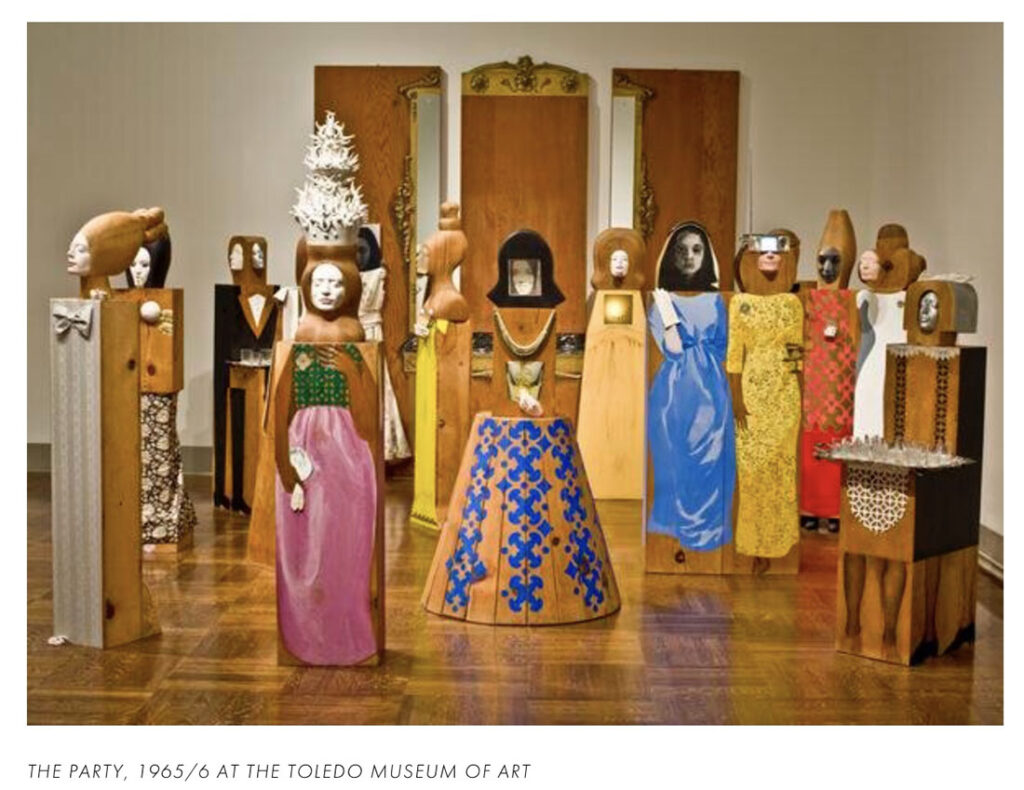
It must also be said that Pop Art, in which we can also include Marisol, represented women as mothers or seductresses and few times analyzed the perspective from the female point of view.
Pop Art is dotted with male artists who portrayed woman as a commodified sexual object.
Marisol never got the attention she deserved, but women at the time often obscured or omitted gender identity to prevent their work from being reduced to a “female sensibility“.
Women, and black people had little space.
Marisol was one of the few to embrace her gender identity.
Almost a hybrid who was difficult to place.
She represented human vulnerability, differed from pop art by emphasizing femininity, albeit assembled, reassembled, reconstructed.
Her social satire was a mockery of stereotypes.
For this reason, she did not have the spotlight on her, she did not please anyone.
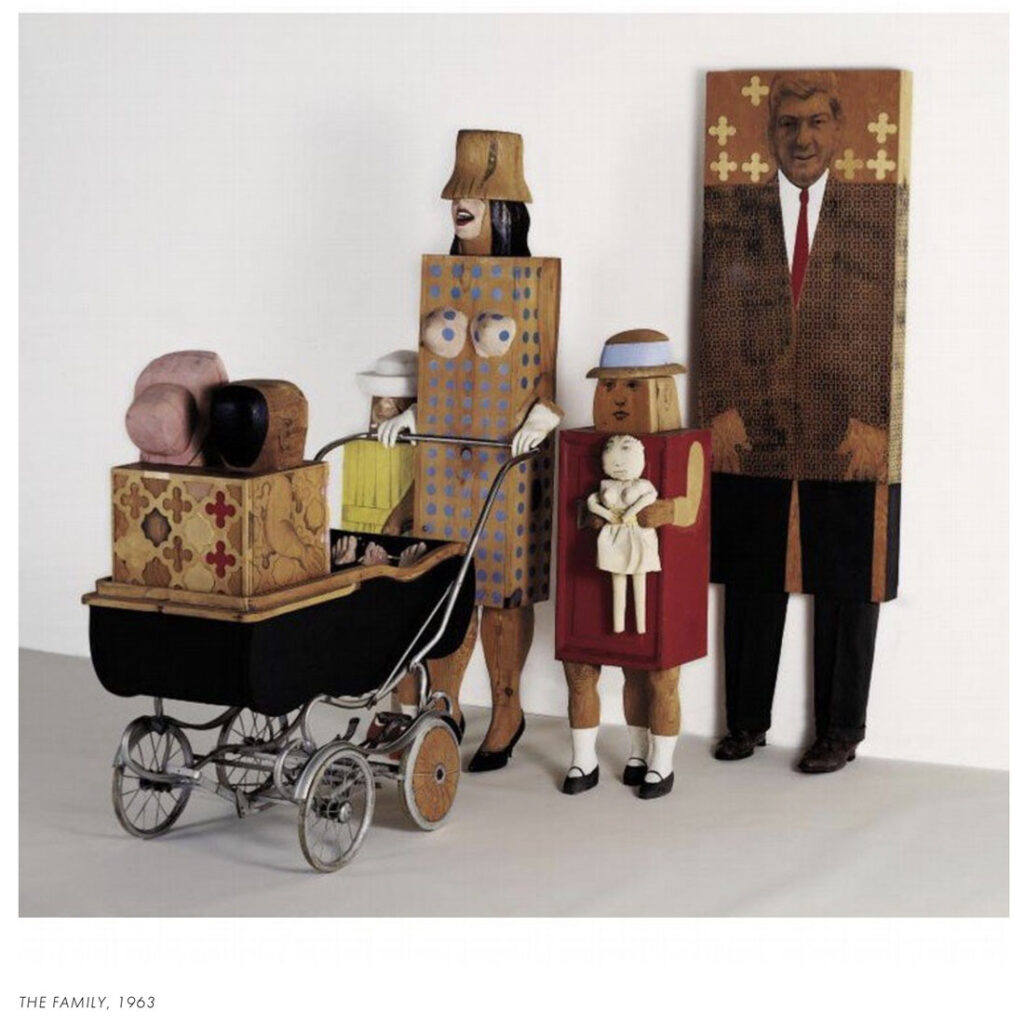
Artistic meetings and exhibitions.
Marisol was noticed by legendary art dealer Leo Castelli, who first included her in a show alongside Jasper Johns and Robert Rauschenberg and then gave her a solo show in his gallery.
The Albright-Knox Art Gallery was the first museum to formally acquire a sculpture by Marisol with a purchase from that show, and LIFE magazine included her on its “Red-Hot Hundred” list.
Images of Marisol’s work, reproduced in LIFE and elsewhere in the popular press, extended her reputation far beyond the art world.
Her 1964 exhibition at the Stable Gallery received up to two thousand visitors a day, and her first solo show at the Sidney Janis Gallery in 1966 was even more popular.
In 1968, Marisol represented Venezuela at the Venice Biennale and was one of only four women among the 149 artists selected for that year’s Documenta exhibition in Kassel, Germany.
In the late 1970s Marisol focused on portrait sculpture, creating tributes to Graham, Pablo Picasso, Marcel Duchamp, Georgia O’Keeffe and de Kooning, among many others, and this body of work was celebrated in the 1981 exhibition Artists and Artistes by Marisol at the Sidney Janis Gallery.
The National Portrait Gallery in Washington, DC, also focused on this aspect of her practice in the exhibition Magical Mixtures: Marisol Portrait Sculpture.
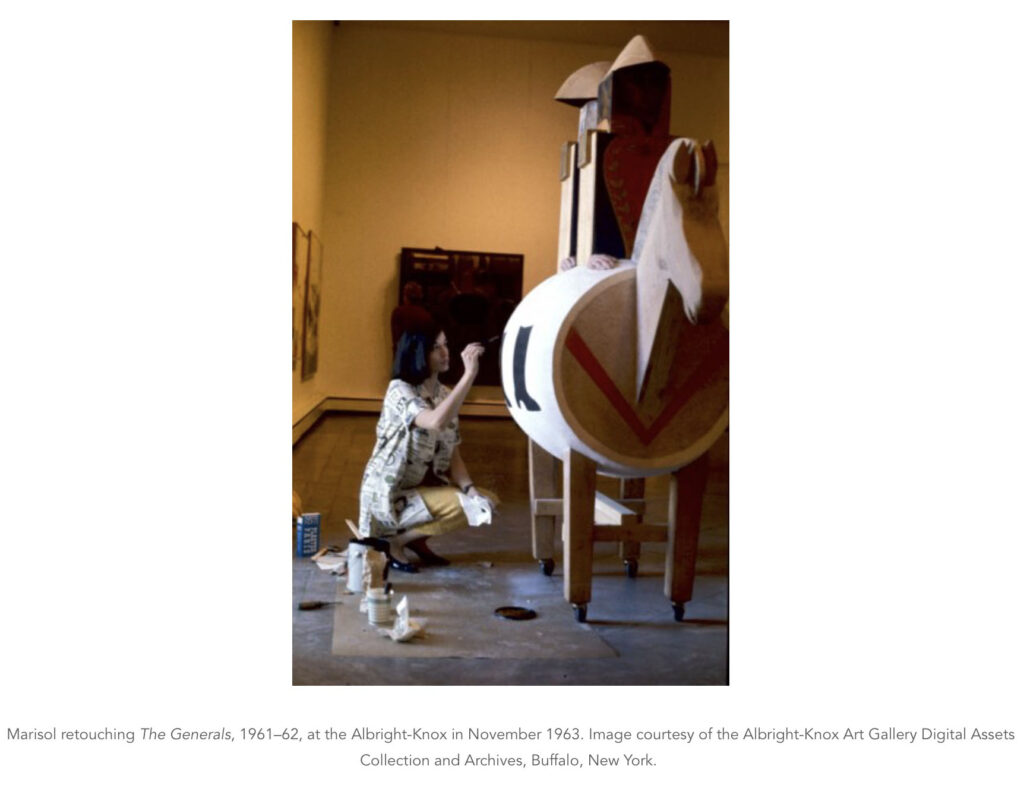
In the 1980s Marisol created a series of works addressing poverty and social injustice, and in the 1990s she undertook a series of sculptural portraits of famous Native Americans, the subject of an exhibition at the Marlborough Gallery in 1995.
Marisol has received awards including the 1997 Gabriela Mistral Award from the Organization of American States for her contribution to inter-American culture.
She was elected a member of the American Academy of Arts and Letters in 1978.
In 2004, Marisol’s work was featured in “MoMA at El Museo,” an exhibition of Latin American artists held at the Museum of Modern Art.
Marisol’s work has attracted increasing interest, including a major retrospective in 2014 at the Memphis Brooks Museum of Art in Memphis, Tennessee, which also became her first solo exhibition in New York City at the Barrio Museum.
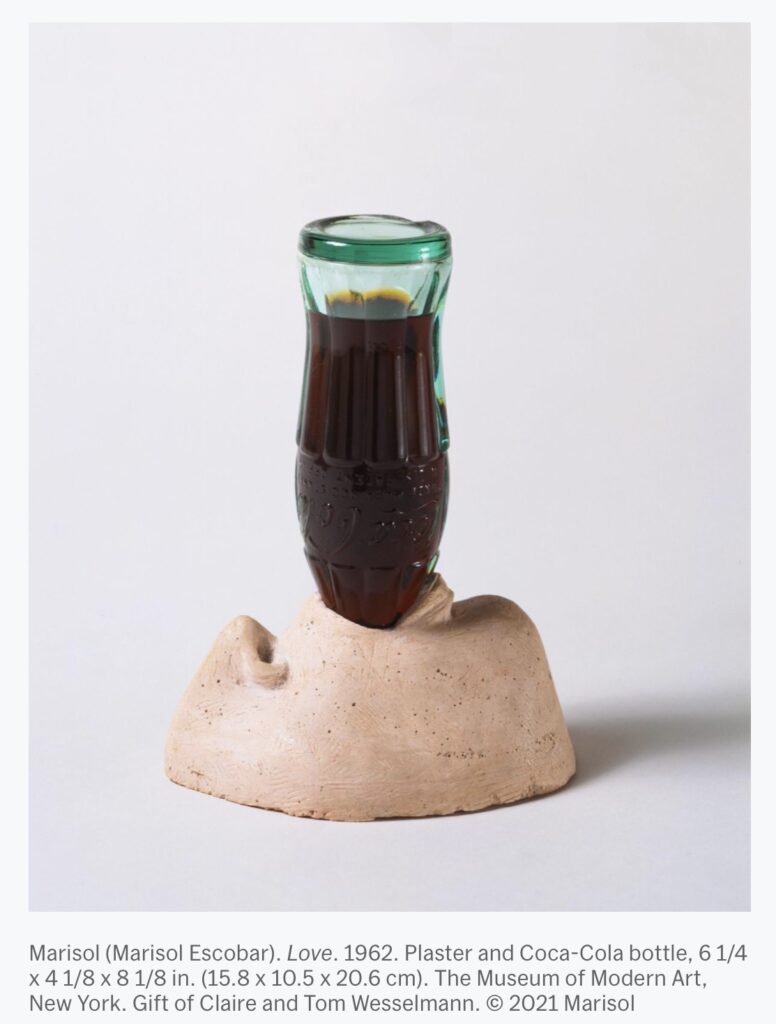
Marisol Escobar has not produced thousands of works.
For long periods she traveled.
I think she lived as intensely as she wanted to, however as with Lee Krasner, I believe that critics as well as the museums that welcome them, must work hard to give them back the space they deserve.
I find it depressing that art history is written only by men, even today.
And in my blog there will always be space for such great women artists.
Marisol lived the last part of her life in the TriBeCa neighborhood of New York City.
Her frail health culminated in her death on April 30, 2016, in New York City from pneumonia.
In April 2017, it was announced that Marisol’s entire estate had been left to the Albright-Knox Art Gallery in Buffalo, New York.


